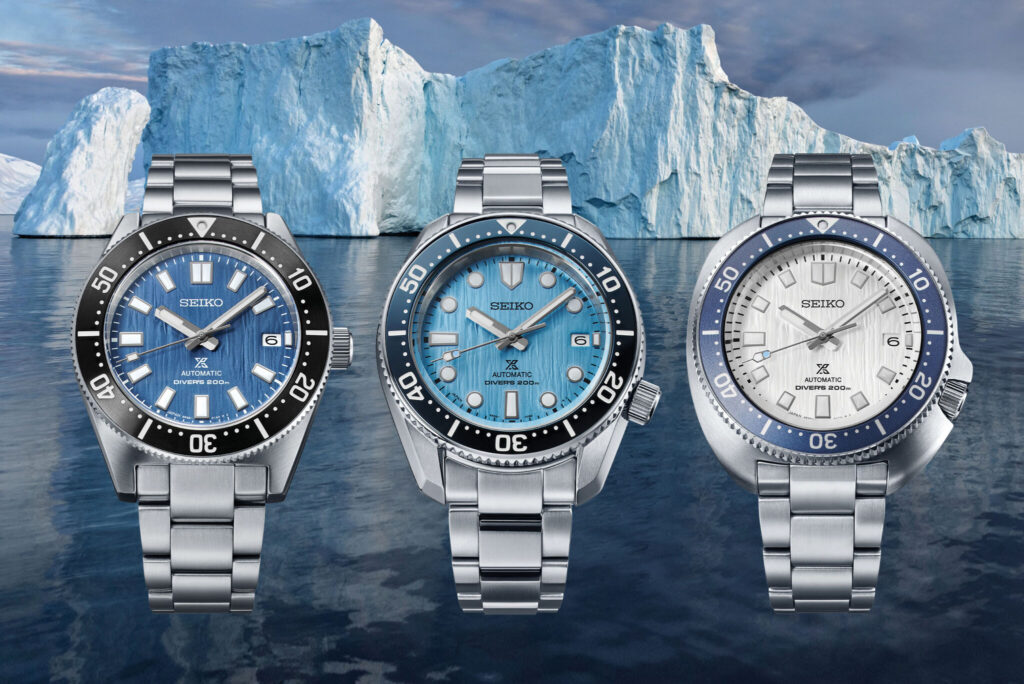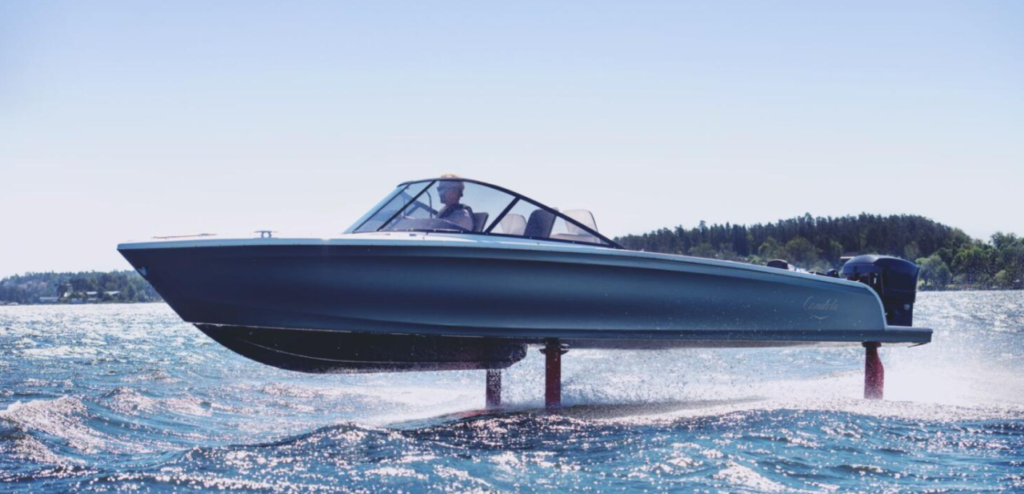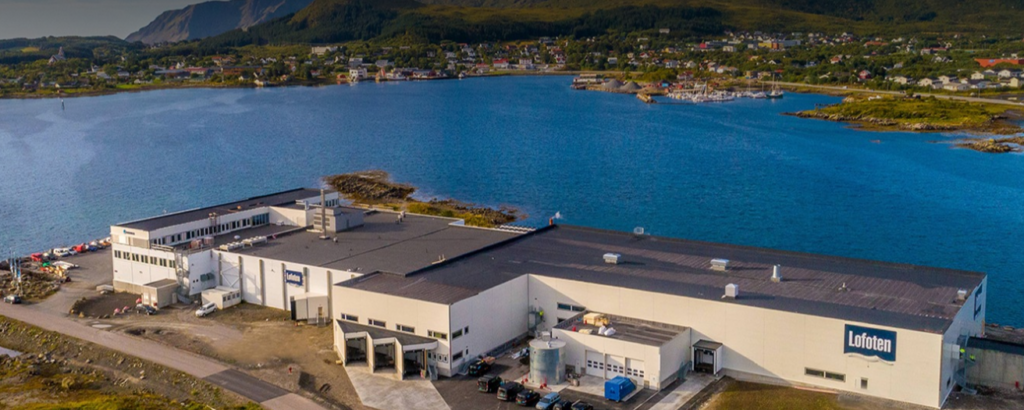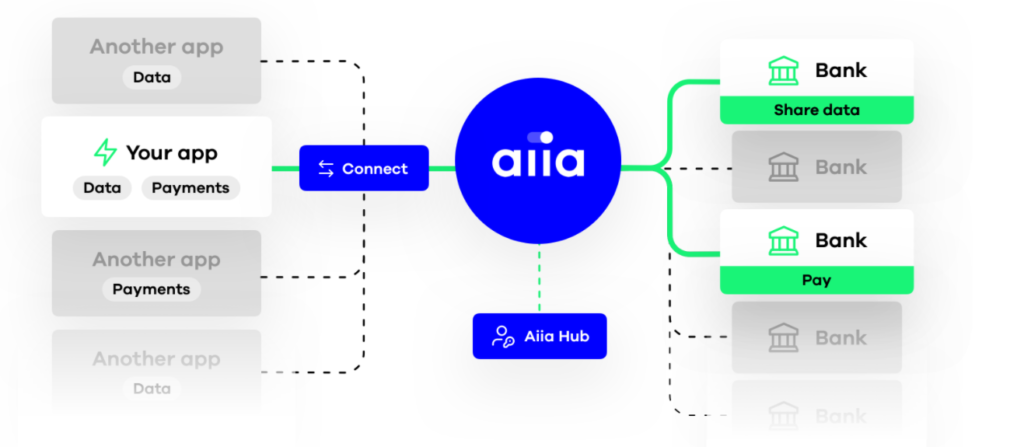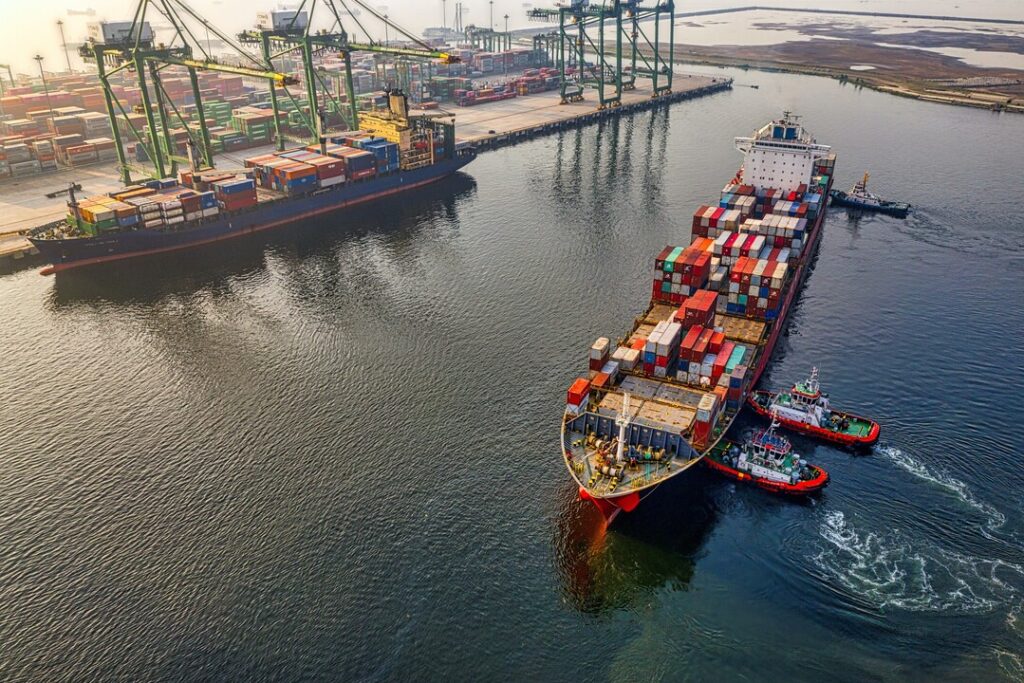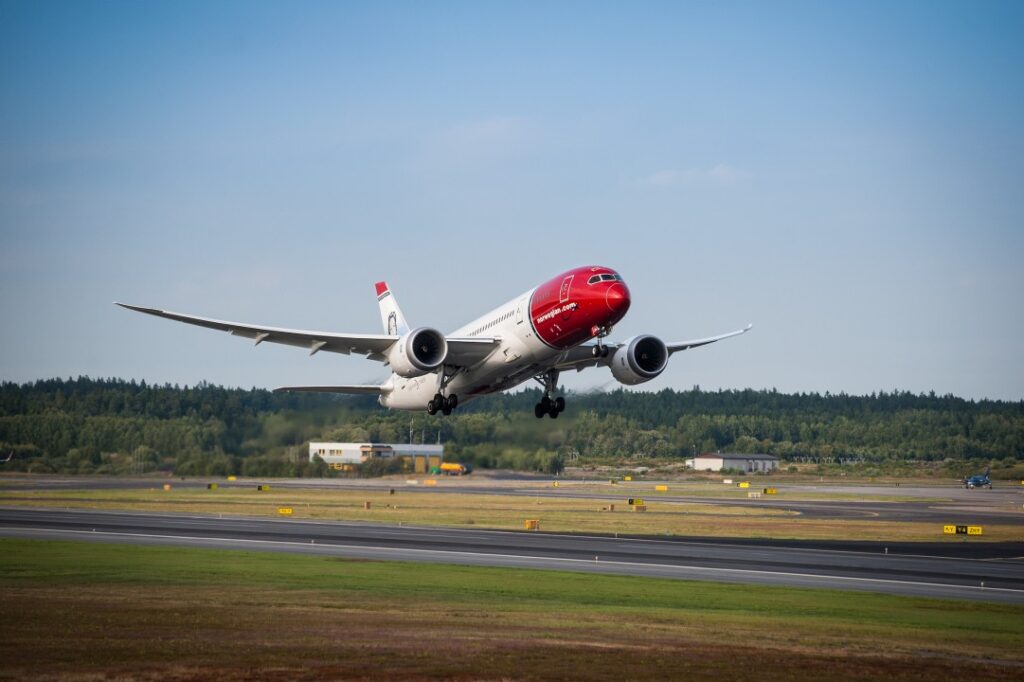Sustainability
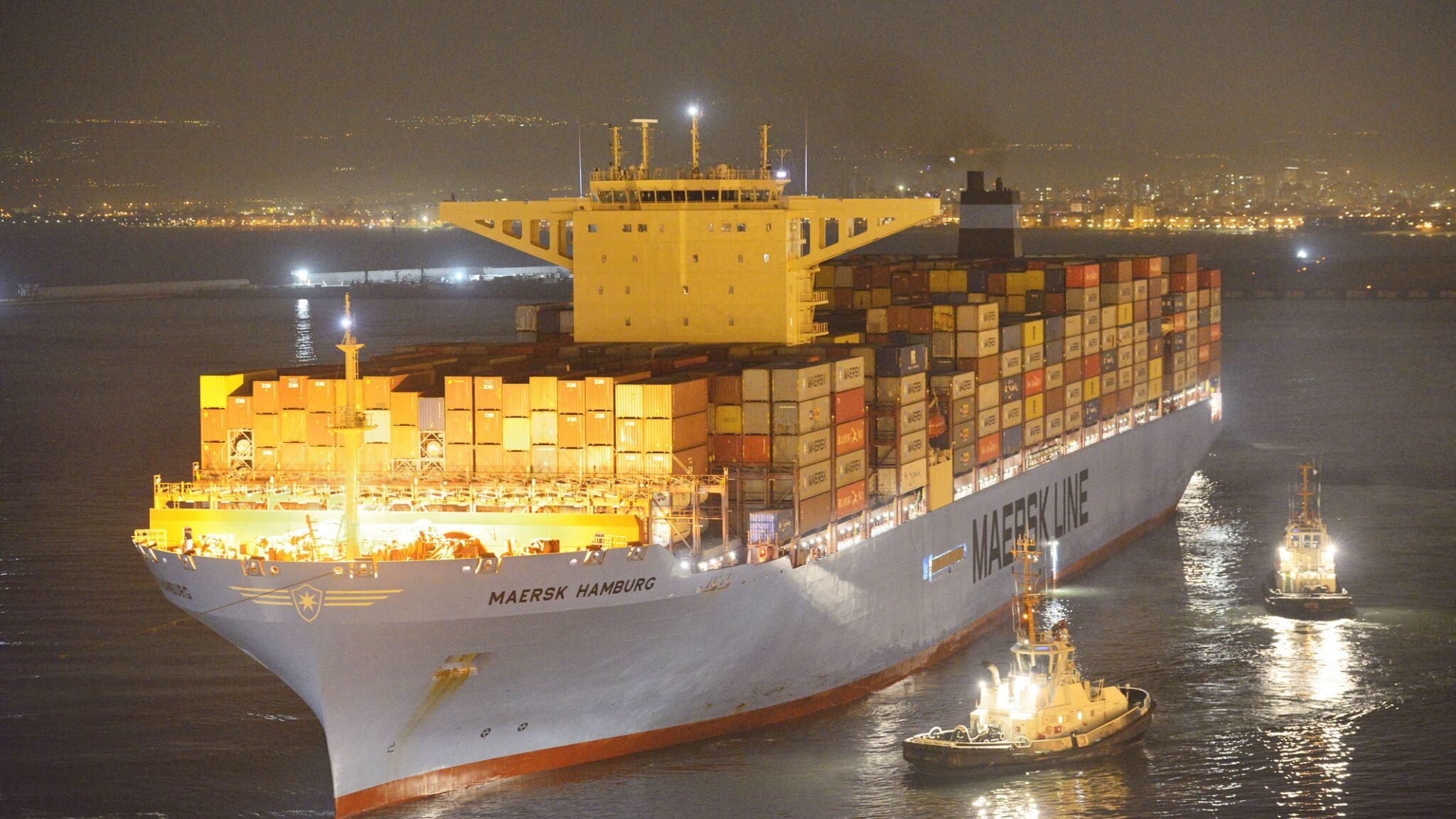
Mærsk Joins Major Power-To-X Project
By Marie-Louise Arnfast
With a fleet of some 700 vessels, Mærsk is the biggest container shipping operator globally, and with its ambition to be carbon neutral by 2050, Mærsk sees a particular challenge in helping to push the development of Power-to-X.
”We see two ways of getting fuels that are not based on fossil sources. One is through biomass, and the other is through power from sustainable sources such as solar and wind power. We are betting on both and believe it’s too early to lock in on any particular future fuel. But we need to hurry if we are to meet our goal,” says Ole Graa Jakobsen, Head of Fleet
Technology at Mærsk.
For this reason, A.P. Møller-Mærsk has partnered with energy company Ørsted, transport companies DSV and DFDS, as well as Copenhagen Airport and Scandinavian Airlines to pursue a vision of developing a potential 1.3 GW plant near Copenhagen to generate hydrogen and other sustainable fuels over the next 10 years.
”Our contribution to the partnership is as end users to look at what changes need to be made to our ships in order for us to start using electrofuels. And at the same time, we need to look into what changes need to happen in the entire bunkering system and supply chain in order to switch to these new fuels,” Ole Graa Jakobsen says.
Even in its fully-fledged form, this project with a 1.3 GW plant by 2030 will only be able to supply a small number of Mærsk’s fleet with fuel – and supplying the entire global shipping industry would take 1000 plants of the size of the one planned near Copenhagen. But Mærsk sees this project as a start – not least in terms of positioning Denmark in this area.
”As a global company, we rely on having access to fuels across the world, and if we can help, through this initiative, to kickstart electrofuels in Denmark and hopefully other places, that would be great. We want to contribute to positioning Denmark, which has some completely unique opportunities in this field. We lead in wind power, and we also have a number of companies at the cutting edge of some of the technologies that are needed in Power-to-X,” says Ole Graa Jakobsen.
Switching to electrofuels will require a fair amount of investment in existing ships and in the supply chain. But the biggest challenge, according to Ole Graa Jakobsen, lies in developing these new fuels and building the industry to deliver them. This is where incentives are needed:
”There will be a transitional phase where we will start to have the new fuels as an option parallel to the fossil fuels, but where the new ones will be much more expensive. We need to find some incentives to make it possible to bring in the new fuels. This might be in the form of a carbon tax on fossil fuels that could be used to make green fuels cheaper,” Ole Graa Jakobsen says.
Parallel to the goal of being carbon neutral in its operations by 2050, Mærsk is also working to reduce its relative fuel consumption through improving the efficiency of its vessels, so that CO2 emissions per container transported will, by 2030, be reduced by 60 percent from 2008 levels.
